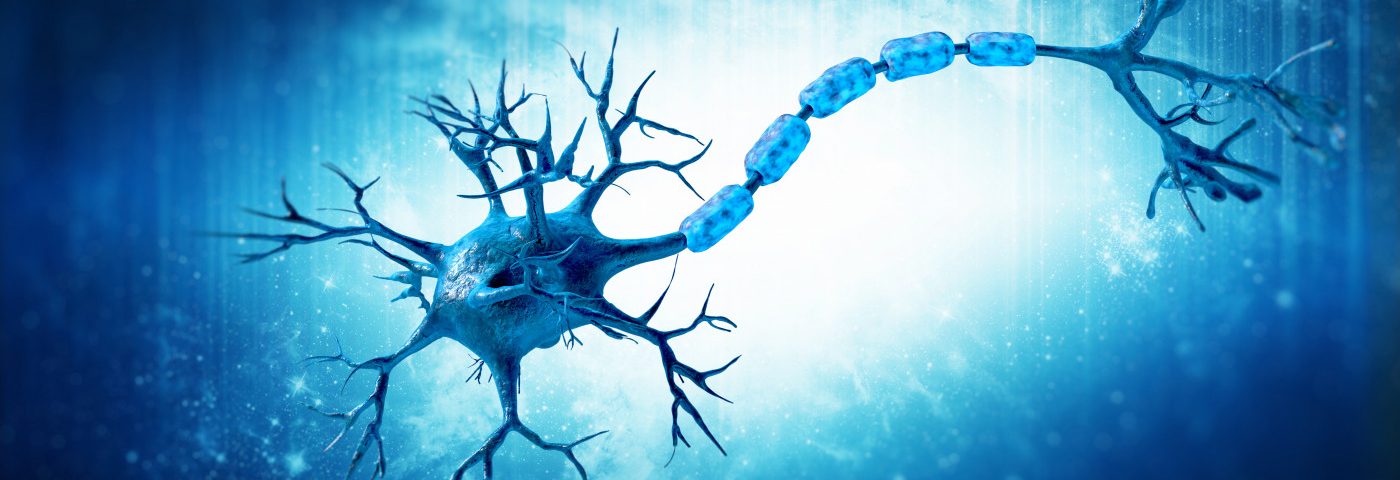Biotech Startup Receives Funding to Pursue Cell-based Therapies for Neurological Disorders

Startup company Oscine Therapeutics has received an investment from Sana Biotechnology to support the research and development of cell-based therapies for a variety of neurological disorders, including multiple sclerosis (MS).
This venture is based on work done over the past several decades in the lab of Steve Goldman, MD, PhD, co-director of the Center for Translational Neuromedicine, University of Rochester Medical Center (URMC).
“We are excited that the basic science discoveries made here at the Medical Center are the basis for innovative, first-in-class therapies that hold the potential to change the lives of people with these devastating neurodegenerative diseases,” said Steve Dewhurst, PhD, vice dean for research of the University of Rochester School of Medicine and Dentistry.
Goldman’s lab has been focused on understanding glia, a class of cell often called the “support cells” of the central nervous system. Unlike neurons, glia aren’t involved in directly sending electric signals in the brain, but they play a number of other roles, including providing protection and nutrients to neurons, and helping them send signals.
In some neurological disorders, such as MS and Huntington’s disease, a person’s glia are not working properly, or they are lost entirely over the course of the disease’s development.
“Neurological disorders are complex diseases,” Goldman said in a URMC press release, “but in many instances it appears that faulty support cells of the brain are driving the disease process. These diseases represent promising targets for cell-replacement therapies because we know a great deal about the role these cells play, how to create them, and how to get them to the areas of the brain where they are needed.”
Goldman’s work has specifically focused on using stem cells — either embryonic stem cells or induced pluripotent stem cells, which are stem cells that are “reverse engineered” from other cell types, like skin cells. By giving these stem cells the right chemical signals, they can be induced to grow and turn into glia, which could then potentially be used for therapies to replace the faulty and/or absent glia of a patient with a neurological disease.
“Cell-based therapies hold significant promise, and while progress has been made in areas such as cancer, there is a significant unmet need in diseases of the central nervous system,” said Christina Trojel-Hansen, PhD, CEO of Oscine and co-founder of the company with Goldman.
“The support from Sana will enable us to advance important research in this field, and work with an established team that has experience in bringing cell-based therapies through clinical trials and into clinical practice,” she concluded.






